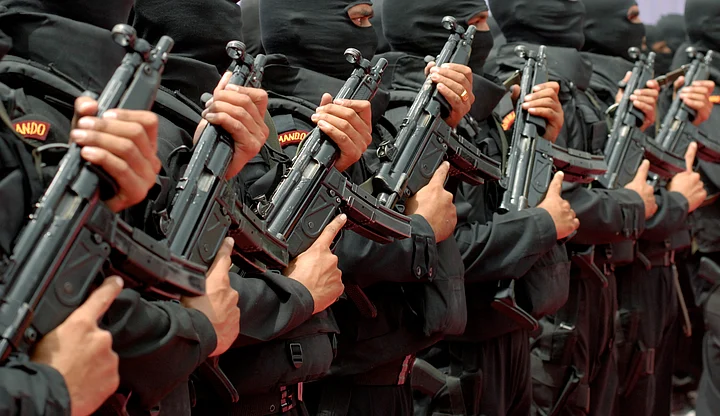The Indian Army’s special ops along the India-Myanmar border to flush out and eliminate insurgents is much talked about.
The strike was carried out in retaliation to the June 4 ambush in Manipur’s Chandel district in which 18 soldiers of 6 Dogra Regiment were brutally killed.
The Indian armed and special forces, however, have a long history of brave and sometime audacious operations.
1. Operation Golden Bird
Launched in mid-1995, Operation Golden Bird was a 45-day operation conducted by the Indian Army in collaboration with the Myanmarese Army to intercept hundreds of Naga, Manipuri and Assamese rebels transporting a huge weapons consignment from Cox Bazar, Bangladesh to Manipur. 38 rebels were killed and 118 were arrested during the several encounters between the guerrillas and formations of the Indian Army’s 57th Mountain Division. The Myanmarese army withdrew support once news of India awarding Aung Sang Suu Kyi an award become public.
2. Operation All Clear
Operation All Clear was launched inside Bhutan in December 2003 to eliminate North Eastern militant groups. Dozens of militant camps, including those belonging to ULFA and KLO, were the targeted. Gen. Vij was reported to have said that 650 insurgents had been killed or captured. The operation was conducted jointly with the Royal Bhutanese Army.
3. Operation Cactus
In 1988, India deployed its troops in the Maldives to prevent a coup by about 100 mercenaries, mostly from a Sri Lankan insurgent group. A distress message seeking international assistance was sent out to the United Nations. While the international community was making sense of the situation, India flew in hundreds of troops including 300 paratroopers to the island nation taking control of Male, Maldives’ capital, within hours. Escaping mercenaries were captured by INS Godavari and INS Betwa and hostages were rescued in a daring operation.
An Indian Navy officer involved in that operation explains it here.
4. Operation Meghdoot
In 1984, the Indian Army made an audacious and successful attempt to capture the Siachen Glacier in Jammu and Kashmir in Operation Meghdoot. Siachen is the world’s highest battlefield at over 22,000 feet. The operation pre-empted Pakistan’s plans of staking claim on the glacier which would have given them a strategic upper hand. India received a tip-off when their London based cold weather gear supplier received an order from Pakistan. Preparation for the Siachen’s take-over started in the harsh winter months with troops flown into the Ladakh region and marched on foot through the inhospitable Zoji-La pass.
Former dictator of Pakistan, General Pervez Musharraf, admitted in his memoirs that Pakistan lost almost 2,300 square km of territory to India as a result of this operation.
5. Operation Black Thunder I and II
Operation Blue Star in 1984 was considered a huge failure despite achieving its main objective of flushing out terrorists and eliminating Jarnail Singh Bhindranwale. The operation led to several civilian deaths, flared up communal sentiments, led to Indira Gandhi’s assasination and the subsequent anti-Sikh riots.
In contrast, Operation Black Thunder (first launched in 1986 and then in 1988) was successful in flushing out extremists from the Golden Temple complex without the civilian casualties. Unlike Operation Blue Star which involved infantry troops and tanks, this time, commandos of the National Security Guard played the waiting game with a blockade of the Golden Temple and snipers placed at various places. Use of sharp shooting snipers minimised risk to civilian life. After almost 10 days, around 200 extremists surrendered while 41 were killed.
